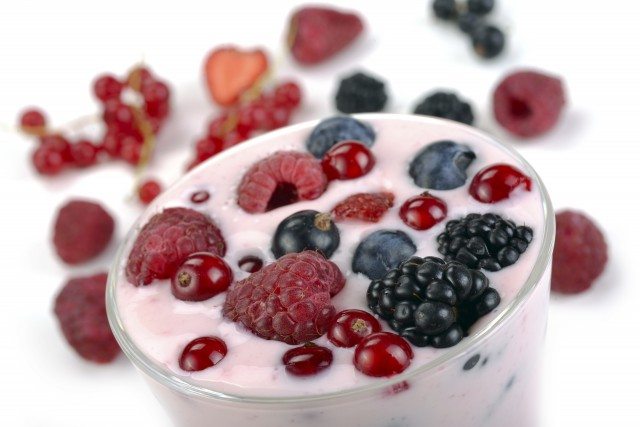Tate & Lyle’s Dolcia Prima Low-Calorie Sugar it the company’s newest ingredient for allulose, a low-calorie sugar that exists in nature and can be found in small quantities in some fruits and foods people eat every day.
It was first identified in wheat in the 1930s.
The sugar delivers the mouthfeel and sweetness of table sugar, but contains 90% fewer calories, so food and beverage manufacturers are expected to be able to significantly reduce the calories in products while maintaining the same taste and enjoyment of sugar that consumers demand.
“One of the biggest challenges our industry faces is reducing calories while maintaining the taste experience consumers expect from their favorite foods and beverages,” said Abigail Storms, VP, platform management, sweeteners.
“Working with Dolcia Prima, our culinary teams have learned that it is possible to provide consumers with products with all the taste, all the mouthfeel and all the texture they expect, but without all the calories.”
“In taste trials, consumers ranked low-calorie versions of foods made with Dolcia Prima equally with the full-calorie versions.”
Formulating for the future
The sugar can be used in a range of applications including beverages, yogurt, ice cream and baked products to reduce calories or to make lower-calorie options taste even better.
Unlike high-potency sweeteners, the sugar is 70% as sweet as sucrose (sugar) and has the same temporal taste profile, which means it provides a clean, sweet taste as well as the functionality of sugar.
Products made with the sugar ranked at parity with full-calorie full-sugar versions in preference taste tests across a variety of foods.
The sugar can be formulated into food products that usually contain sugar because it delivers many of the benefits that sugar offers, such as adequate browning when baking, bulk and texture.
It can also depress the freezing point when making frozen products.
It is a highly-soluble, liquid ingredient, which means it is easy to use in liquid products and adds bulk and texture in formulations.










